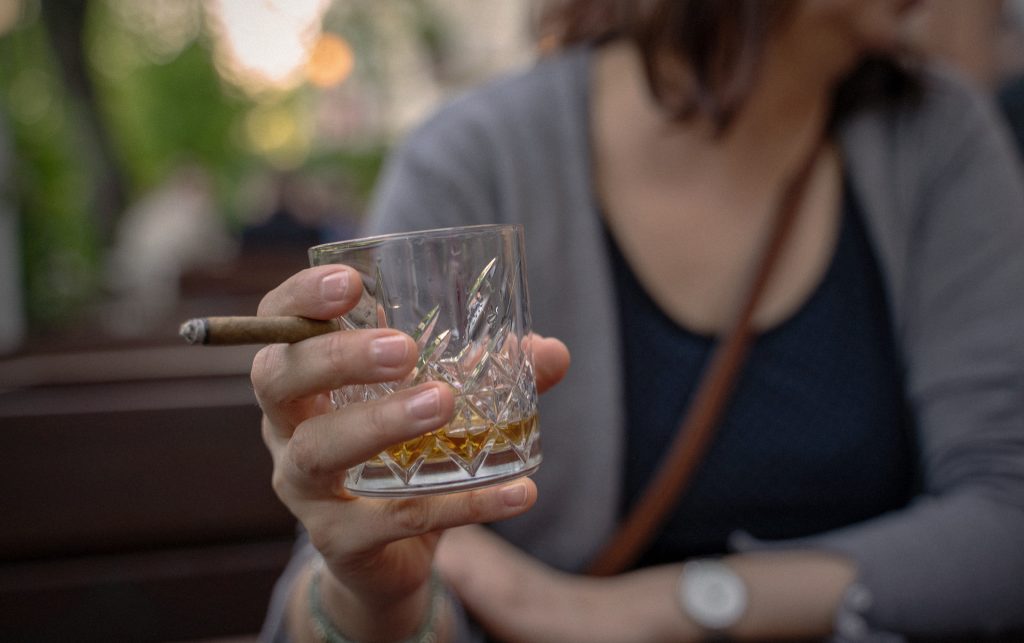
A new study looks at clustered risk behaviors across racial/ethnic groups
In the first study to identify clustered risk health behaviors among whites, Blacks, and Hispanics, ARG Scientist Won Kim Cook and colleagues illustrate the need to develop tailored multi-behavioral interventions to address racial disparities in health outcomes.
The research team focused on the “big four” risk behaviors that contribute to chronic conditions and morbidity: risky drinking, cigarette smoking, poor diet, and physical inactivity. Such behaviors result in significantly greater health harms when people engage in two or more–referred to as ‘clustering’–than one.
Past research has shown that an individual’s health behaviors are not as simple as a matter of individual choice, and are often influenced by social, cultural, and economic circumstances, which may significantly vary across racial/ethnic groups in the US.
Researchers performed latent class analysis to identify patterns of clustered risk behaviors among racial/ethnic groups, and also examined whether individuals with unhealthier lifestyles had lower socioeconomic status (SES) and poorer health status.
Their analysis found a relatively healthy lifestyle class (having a relatively low prevalence of the four risk behaviors) among whites (49%) and Hispanics (22%), but not among Blacks. All three groups had an inactive and obese class (high prevalence of obesity and physical inactivity)—44% of whites, 64% of Hispanics, and 24% of Blacks. The study also identified a smoking and risky drinking class among whites (7%), a smoking and inactive class among Blacks (25%), and a smoking, inactive, and risky drinking class among Hispanics (13%).
In all racial/ethnic groups, there was an association between an unhealthier lifestyle class (high prevalence of clustered risk behaviors) and lower SES. However, Blacks were collectively less likely than the other two groups to benefit from economic advantages, receiving diminishing returns of higher SES on their health.
These findings reinforce previous research that shows how racial inequities disproportionately affect Blacks and contribute to adverse health outcomes. Racial discrimination in the workplace, neighborhood, and school, coupled with a lack of and access to health-promoting resources, may result in adopting unhealthy behaviors to cope with these stressors. Interventions that target multiple risk behaviors can have a greater impact on health outcomes than those targeting a single risk factor, and tailoring them to the conditions of specific groups could help address health disparities adversely affecting racial/ethnic minorities.
The researchers used a representative sample of U.S. adults aged 30-69 years old (n = 9,761) from two cycles of the National Alcohol Survey (NAS) from 2010 to 2015. The NAS is a cross-sectional survey of United States residents across 50 states conducted every five years
Reference
Cook W.K., Kerr W.C., Karriker-Jaffe K.J., Greenfield T.K., Li L, Lui C. (2020). Racial/Ethnic Variations in Clustered Risk Behaviors in the U.S. American Journal of Preventive Medicine, 58(1), 21-2: DOI: 10.1016/j.amepre.2019.08.020





